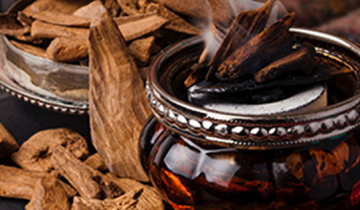Selecting the right cologne is not only about how you apply it but also about choosing a scent that suits your natural body chemistry and lifestyle preferences. The complexities of men’s fragrances can be quite extensive, and understanding them is crucial to making the best choice for you. Here’s an overview of fragrance types and the scent lifecycle:
1. Fragrance Categories:
Fragrances consist of various perfume oils (raw materials) that can be natural or synthetic. These oils are blended with a solvent, typically alcohol, to preserve and dilute the scent. The concentration of perfume oil in a fragrance defines its longevity and richness. Here are the key scent categories:
- Eau Fraiche: Contains 1–3% perfume oil, typically lasts less than an hour.
- Cologne (Eau de Cologne): Contains 2–4% perfume oil, usually lasts around two hours.
- Toilette (Eau de Toilette): Contains 5–15% perfume oil, typically lasts around three hours.
- Perfume (Eau de Parfum): Contains 15–20% perfume oil, typically lasts five to eight hours.
- Parfum: Contains 20–30% perfume oil, providing long-lasting fragrance for up to 24 hours.

Most men’s fragrances are available in multiple concentration levels, with the level often indicated on the bottle. The categorization of fragrances can also be associated with their price, with higher concentrations generally being more expensive.
2. Fragrance Lifecycle:
Fragrances have three distinct “notes,” and they evolve as they evaporate over time:
- Top Notes: These are the initial, lighter scents that are noticeable immediately after applying the fragrance. The duration of top notes can range from 15 minutes to two hours.
- Medium Notes: These are the primary elements of the fragrance and typically include more substantial scents like spices or florals. They last for 3–5 hours.
- Base Notes: These scents develop last and are the most prominent in the fragrance. Base notes can be detected all day and are the last to evaporate, lasting 5–10 hours.

As the layers of fragrance notes evaporate, the scent changes. This natural evolution is what makes a fragrance captivating and appealing. Higher-quality fragrances often exhibit more noticeable transitions in their scent profiles. The choice of scent type should align with your initial preferences, but it’s essential to test fragrances on your skin to see how they interact with your body chemistry.
The fragrance color wheel can provide a helpful reference for understanding the various scent types available in the market. When selecting a fragrance, consider your personal style, the occasion you’ll be wearing it for, and the specific notes that resonate with you.




 No products in the cart.
No products in the cart.